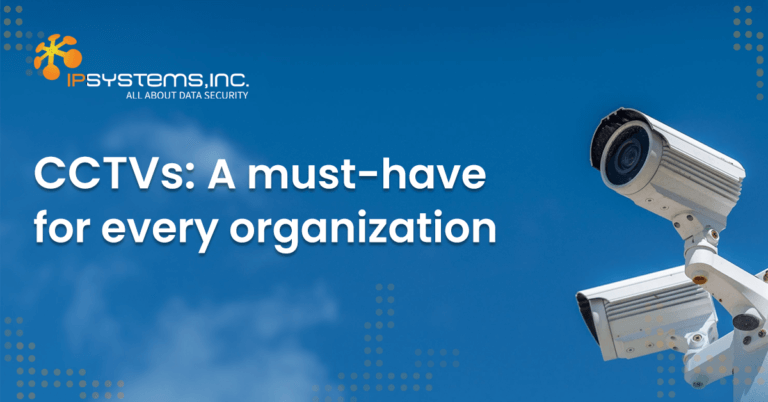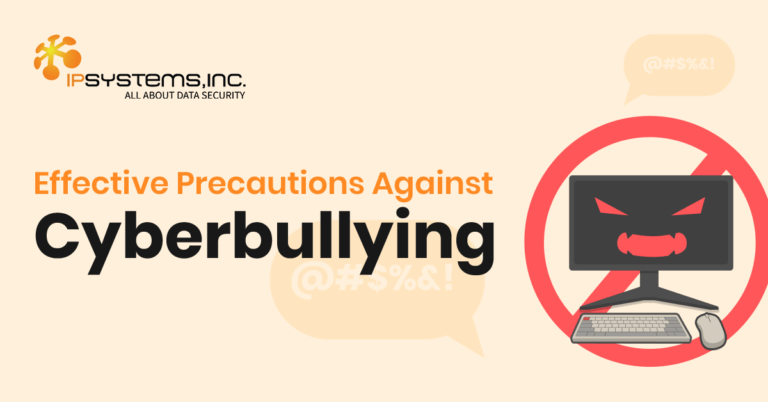
Innovating your Business with Green Data Centers
Blog: Innovating your Business with Green Data Centers Data centers are centralized facilities equipped with essential hardware like servers, storage devices, and networking equipment.
As businesses continue to face an increasing number of cyber threats, cyber resilience is becoming a top priority for IT Managers and Admins. To ensure that companies are well-prepared to handle these threats, it is crucial to have a unified endpoint security and analytics solution that has the necessary capabilities. But with so many security solutions on the market, how can they determine which ones best suit their needs? One way is to look for solutions that offer the following capabilities:
A unified console allows IT managers and admins to manage all security operations from a single interface, providing a holistic view of the IT environment. This capability streamlines security management and enables faster detection and response to threats, reducing the risk of a breach. Look for a solution that offers a unified console that is user-friendly and customizable to meet the needs of the organization.
Machine learning algorithms and threat intelligence feeds can help organizations detect and respond to threats more quickly and accurately. Machine learning algorithms can analyze large volumes of data and identify patterns that human analysts might miss. Threat intelligence feeds provide real-time information about emerging threats and attack methods, enabling IT teams to stay ahead of the curve.
Security solutions can only provide complete protection on their own. That's why looking for a solution that integrates with various third-party security technologies is essential. This allows organizations to build a layered defense that can detect and respond to threats across different parts of the network. When selecting a security solution, it should offer APIs or connectors that enable seamless integration with other security tools, such as firewalls, SIEMs, and EDRs.
Automated threat identification, triage, prioritization, and response can help organizations respond to threats faster and more efficiently. By automating these processes, organizations can free up their IT teams to focus on more complex security tasks while reducing the risk of errors caused by manual processes.
Out-of-the-box response actions across endpoints, identities, email, cloud applications and network controls are crucial. This can help businesses quickly respond to potential threats and reduce the time it takes to mitigate an attack. Out-of-the-box response actions can include isolating infected devices, blocking malicious IPs, and disabling compromised user accounts. Moreover, it enables IT teams to quickly contain and remediate threats, regardless of where they originate or how they propagate.
In conclusion, with a unified endpoint security and analytics solution with these five capabilities, IT Managers and Admins can protect businesses from cyber threats more effectively. By implementing this checklist, they can take a proactive approach to cybersecurity and be prepared to defend their IT environment.
Maintaining constant vigilance and adapting to the rapidly changing threat landscape is crucial to ensure the safety and security of an organization's network, data, and users.



Blog: Innovating your Business with Green Data Centers Data centers are centralized facilities equipped with essential hardware like servers, storage devices, and networking equipment.

Blog: CCTVs: A must-have for every organization Nearly every business and organization, regardless of size, has already implemented CCTV Services within their premises because

Blog: Combating Bullying in Digital Classrooms: Empowering Students for a Safer Learning Environment Bullying is a pervasive issue that inflicts emotional, psychological, and physical

Established in 2007, IPSYSTEMS, Inc. is a trusted and valued cybersecurity and IT distributor in the Philippines. It has solutions specifically focused on IT Infrastructure Security, Secure Remote Access and Monitoring, and Email and Data Security.